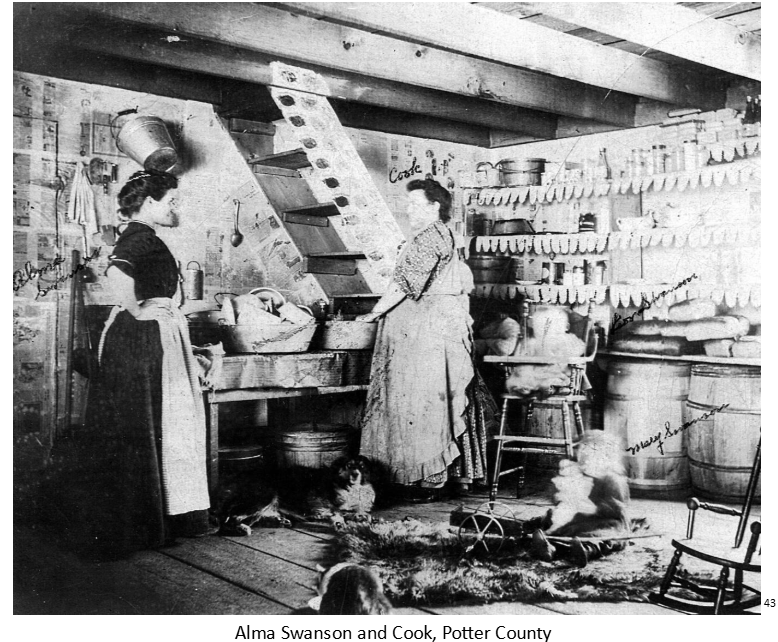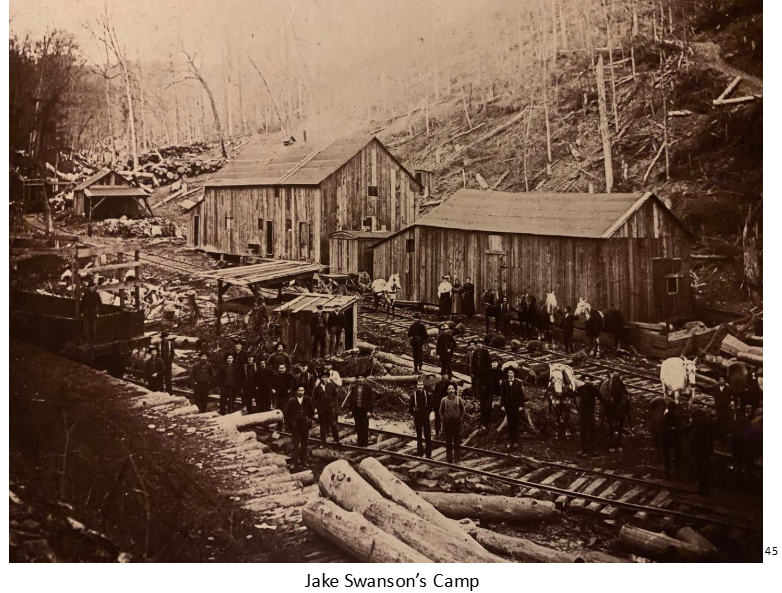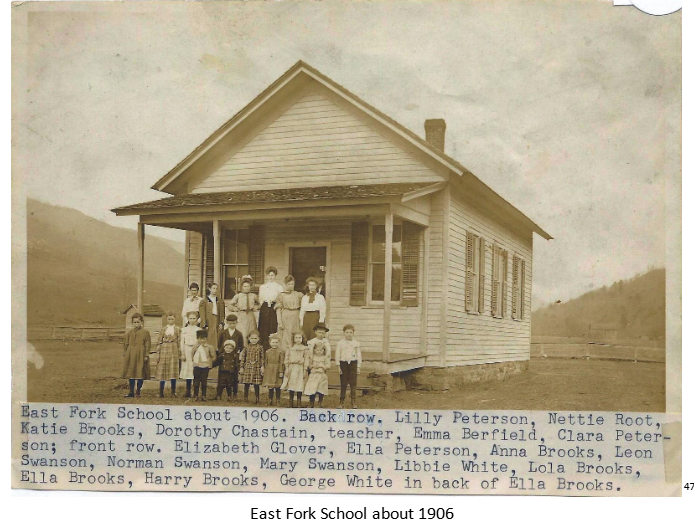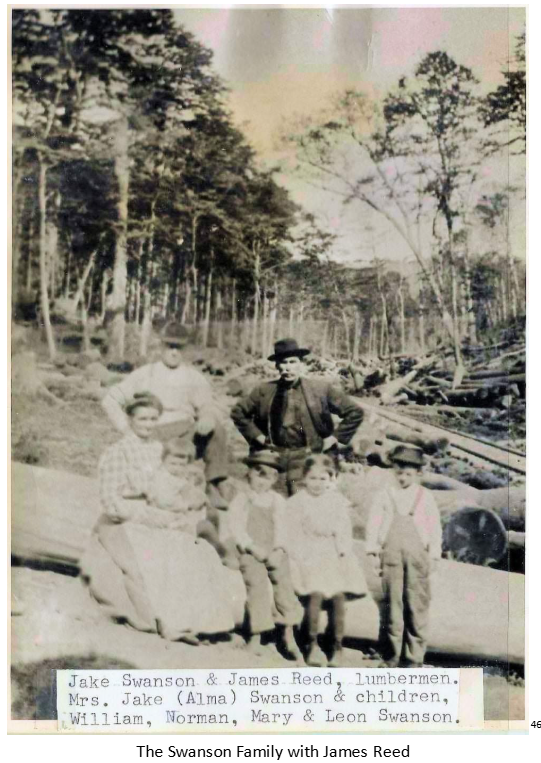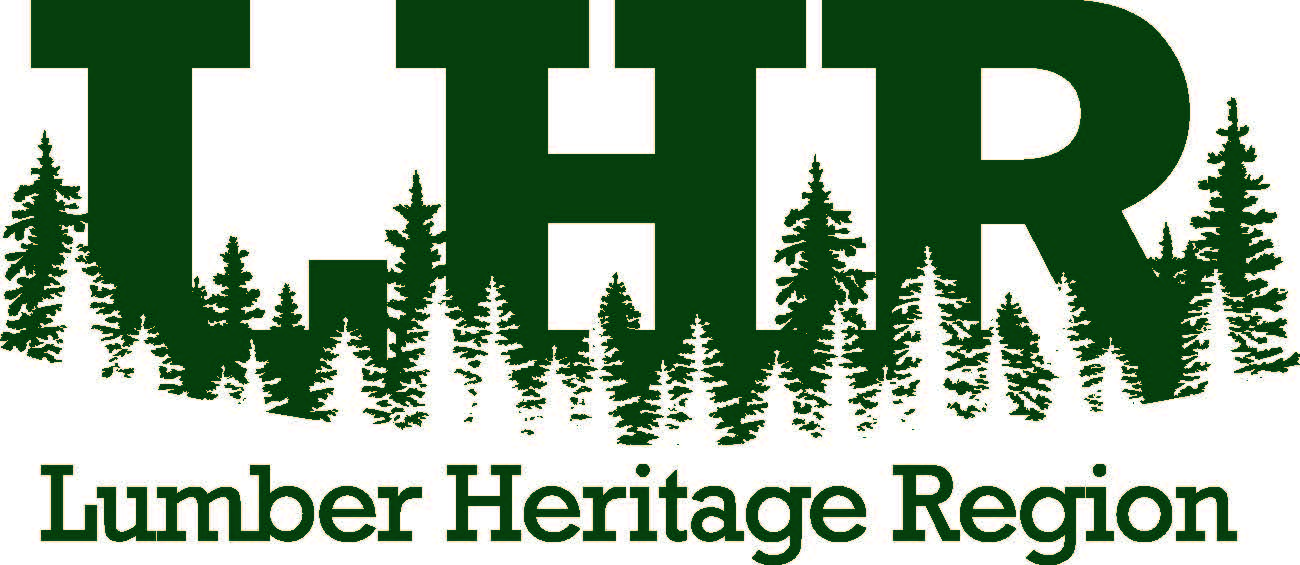By the Lumber Heritage Region
The Lumber Heritage Region, established in 2001, is one of twelve designated Heritage Areas in Pennsylvania. It spans a 15-county region in northwest and northcentral Pennsylvania that encompasses the entire Pennsylvania Wilds region. It accentuates the importance of the lumber industry for the past, present, and future. The goal of this Heritage Area is to market its assets to potential visitors, to serve as a resource to the PA hardwood industry and to keep the economic impact of the region in the forefront.
This story is courtesy of the Lumber Heritage Region, from their “Women and Black History in the Forest Products Industry” study. It has long been reported that lumbering in the 19th and 20th Centuries did not see diversity. This report proves that wrong. This easy-to-read report uncovers several stories about women and black people serving in the industry.
All photos and information in this piece come from Jebitsch, H. F. (2023). (rep.). Lumber Heritage Region – Diversity Research Study. Retrieved 2025, from “Women and Black History in the Forest Products Industry.“
Families in the Lumber Camps
Life in Pennsylvania’s lumber camps was rugged and demanding, yet for some, it was also a family affair. Families like Alma and Jake Swanson’s not only worked in the camps but lived and thrived there, carving out a unique existence in the midst of Penn’s Woods. Their story provides a rare glimpse into the lives of women, children, and families who helped sustain the camps during the early 20th century.
Alma Swanson: The Camp Cook and Helper
Alma Swanson’s role in the lumber camps began as a cook’s helper, or “cookee,” in Potter County. Married to Jake Swanson, a jobber who worked near Hulls, Alma helped ensure the camp kitchen ran smoothly while raising her children in this remote environment. A 1902 photograph captures Alma working alongside another camp cook, surrounded by the tools of their trade: a neatly arranged kitchen, stacks of bread, and piles of dishes waiting to be cleaned.
The kitchen, plastered with sheets of newspaper for insulation, was the heart of the camp. Alma’s workspace was a testament to her dedication and organization. She balanced her duties as a cook’s assistant with the care of her two children, Mary and Leon, who can be seen in the photo—proof that even the youngest members of the family were part of camp life.
Jake Swanson’s Camp: A Glimpse into the Community
Photographer William T. Clarke, known for documenting Pennsylvania’s lumber industry, captured life at Jake Swanson’s camp in vivid detail. The photograph shows the camp’s scale, with men, horses, and freshly cut logs set against the backdrop of a clear-cut landscape.
Women, including Alma, are visible in the background, standing near the midsized buildings that served as their home and workplace.
The camp was more than a workplace—it was a community. Animals like pigs, raised for food, and the railroad tracks used to transport lumber are prominent in the scene. These elements reflect the self-sustaining nature of the camp, where every resource was used to support its operations.
Balancing Work and Family
For Alma and Jake Swanson, life in the camp meant balancing the demands of work with raising a family. Another photograph taken a few years later shows the Swanson family alongside lumberman James Reed, standing amidst logs cut for transport. This image, likely taken near Cross Forks, Potter County, illustrates how the family continued to grow and adapt to life in the lumber industry.
Despite the challenging conditions, the Swansons ensured their children received some formal education. A 1906 photograph of the East Fork School includes three of the Swanson children—Leon, Norman, and Mary. The barren, denuded landscape surrounding the schoolhouse is a stark reminder of the environmental toll of logging, but it also highlights the importance of education for families living in the camps.
Alma’s Legacy
Alma Swanson’s life in the lumber camps was tragically cut short when she passed away in 1911 at the age of 36. However, her contributions to the camp and her family’s story live on through photographs and records. These snapshots of camp life show a woman who balanced the demands of her work with the responsibilities of raising children in a challenging environment.
Alma’s story also sheds light on the broader experience of women in lumber camps. Often seen as secondary to the men’s labor, women like Alma were vital to the success of these operations. Their roles as cooks, caregivers, and community builders were essential in creating a functioning and cohesive camp environment.
The Human Side of Lumber Camp Life
The story of Alma and Jake Swanson reminds us that Pennsylvania’s lumber camps were more than just centers of industry—they were communities shaped by the people who lived and worked there. Women like Alma played a critical role in maintaining the daily rhythm of camp life, ensuring that workers were fed, families were cared for, and children had opportunities for education, even in the face of environmental and social challenges.
Preserving Their Stories
The photographs and records of the Swanson family offer a valuable glimpse into the lives of those who lived in Pennsylvania’s lumber camps. By preserving and sharing these stories, we honor the resilience and resourcefulness of families like the Swansons who contributed to the success of the lumber industry while building a life in the heart of the forest.
Learn more at the “Women and Black History in the Forest Products Industry” study or at LumberHeritage.org.
About the Author:
The Lumber Heritage Region (LHR) is a 15-county region in North West/North Central Pennsylvania that accentuates the importance of the lumber industry for the past, present, and future. The goal of the heritage region is to market its assets to potential visitors, to serve as a resource to the PA hardwood industry, and to keep the economic impact of the region at the forefront. LHR is a 501C3 organization that is dedicated to helping the region make an impact internationally. It is their mission to serve the region with technical, educational, and financial assistance through the coordination of networking and communication initiatives.
Author: Guest Contributor
The Pennsylvania Wilds is home to more than 2 million acres of public land, 50 state game lands, 29 state parks, 8 state forests, 2 National Wild & Scenic Rivers, abundant wildlife, hundreds of miles of land and water trails, some of the darkest skies in the country, and the largest elk herd in the northeast.
The PA Wilds team is grateful to share the many stories of this region through the words and images of our talented guest contributors.



